|
For several years, Finland's Kamera Store has been purchasing Russian air surveillance film in bulk, cutting and spooling it into 35mm and medium format rolls, and selling it under the name Santa Rae, a high contrast black and white emulsion rated at 1000 ISO. In light of recent events, however, the decision was made to discontinue the film, sell off all remaining stock, and donate all proceeds therefrom to humanitarian aid in Ukraine. As of this writing, Kamera Store has raised 20,000€ for Ukrainian families; that number will nearly double, to 35,000€, once all of the remaining Santa Rae film has been sold. Given the destruction already wrought, this amount is woefully inadequate as restitution; and surely, no sum of money can compensate for the loss of life; but it is hopefully through the aggregate effect of many small gestures that positive, sustainable change may be enacted. I purchased a dozen rolls of Santa Rae, but I am under no illusions that this constitutes a grand, philanthropic act; while it does not assuage the helpless despair with which I receive the news every day, it nonetheless heartens me to know that my money is going to those in dire need and that one of the Russian military's revenue streams, however scant, has been severed. My film arrived via DHL a week ago, and I promptly loaded a roll into my Leica M7. It is a remarkably thin emulsion, thin enough that I took extra care to advance the film slowly for fear that too vigorous a crank might tear the sprocket holes. The weather has finally begun to turn definitively toward spring, so I brought the M7 outside with me while my son played in yard and finished off the roll over the course of two days. I was concerned about blowing out such a high speed film in bright, direct sunlight, but I stopped down and hoped for the best. My fears certainly didn't abate when I later saw that an unusually long 18 minute development was suggested for my stock developer, Kodak HC-110b -- this implied to me that Santa Rae achieved its 1000 ISO through underexposure and overdevelopment, which generally results in very grainy and/or high contrast negatives. Increasingly, though, I've been experimenting with what I call a semi-semi-stand development, in which I retain a standard 32:1 dilution of HC-110 developer, but reduce the frequency and intensity of my agitations. For this roll, I chose to invert the tank only once -- and very gently -- every three minutes. The result was a beautifully crisp negative with deep blacks, well-retained highlight detail, and a tight but smooth range of midtones. Grain is present, but, surprisingly, not terribly pronounced and quite pleasing. Despite my fretting that I had, alternately, overexposed, mis-spooled, or overdeveloped the roll, this was among the happiest I've been with a negative straight out of the tank. It's often only when I have a new film stock, or a new lens, or some other technical incentive that I keep my camera on me all day, firing off half a dozen frames at a time, approaching it more like play. Film is, after all, both expensive and time consuming, and manual focusing is laborious and unreliable when my three year old is disinclined to stand still long enough for me to ensure I've nailed it. Yet it is often on such days that I make my favorite images. Children have an innate and enviable gift for discovering the beauty and joy in the quotidian -- it is in fact this openness to wonder that I am forever trying to reclaim through my photographic practice -- and a capture of that innocent, unbridled ebullience will forever best anything I can conceive and execute in a staged portrait. I watch my son play, and I consider the families being torn asunder, and I am overwhelmed by grief and anger and incomprehension for the atrocities currently being committed. It is perhaps a failing of my imagination, but I cannot fathom how a human can see the images of suffering, of separation -- can look upon this agony and anguish and think, for even a moment, of acting in a manner that could cause or further it. When I see those images, I am filled with compassion for those depicted and with respect and gratitude for the photographers who made them, the artists who endanger themselves to bear witness for the world. I swell and swoon from these images, too small a vessel for all of the pain and loss and heartache they unflinchingly convey. I turn away from the news and turn towards my family and I press my own humble shutter in an act of defiant hope -- hope that though they be fleeting, these simple moments of delectation may be plentiful; hope that we will be here to gaze back upon them for many years yet to come; hope that everyone should be free to flourish, unburdened by the baser impulses of those for whom empathy is a weakness rather than a strength.
0 Comments
Leave a Reply. |
AuthorChristopher Bruno is a New Jersey based photographer working in both analog and digital formats. Archives
March 2023
Categories |

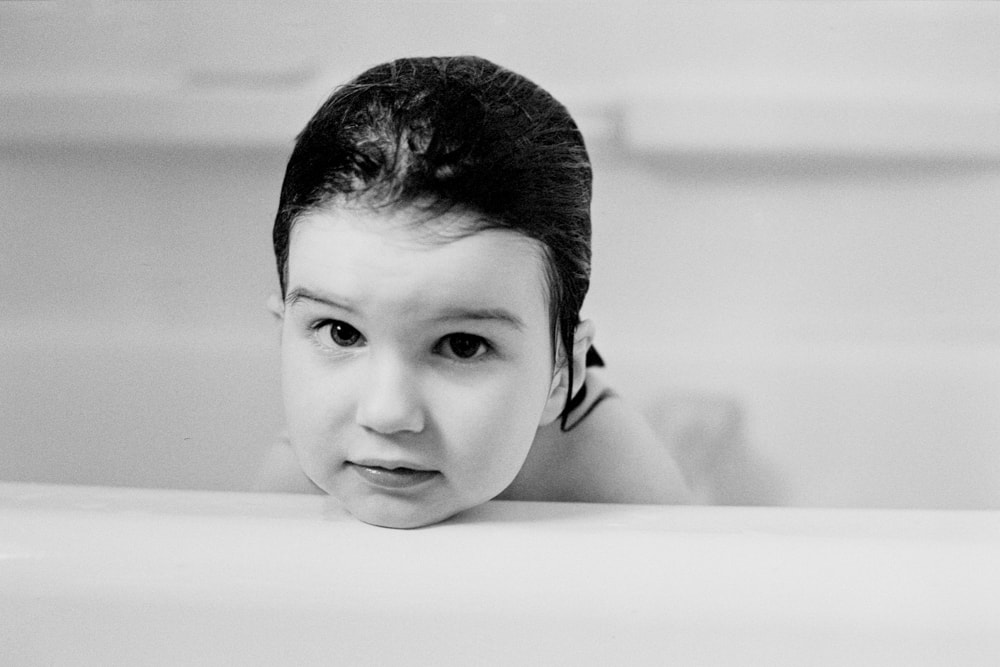
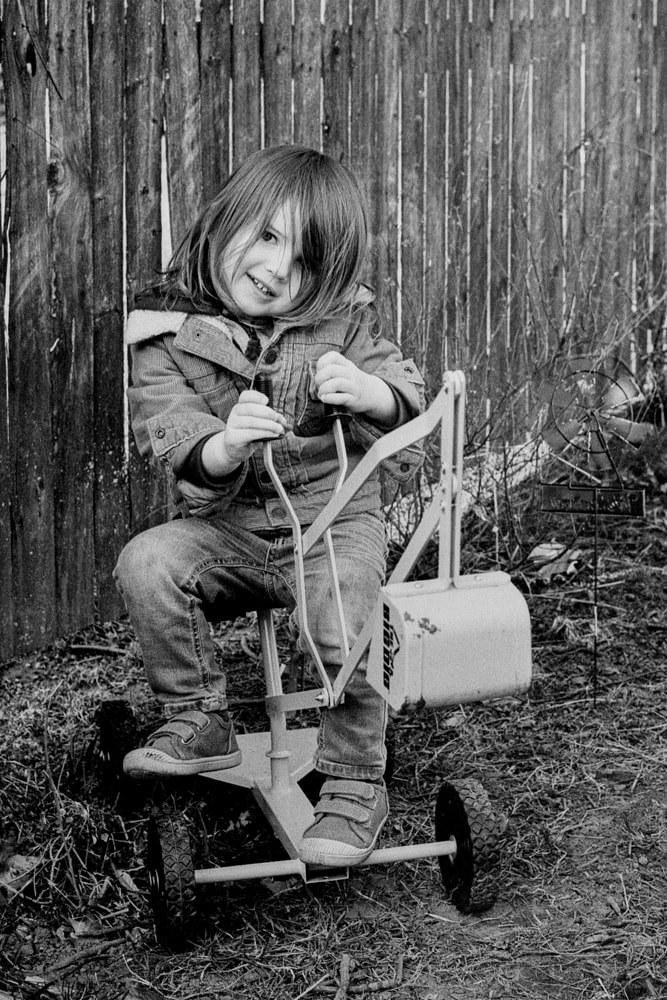
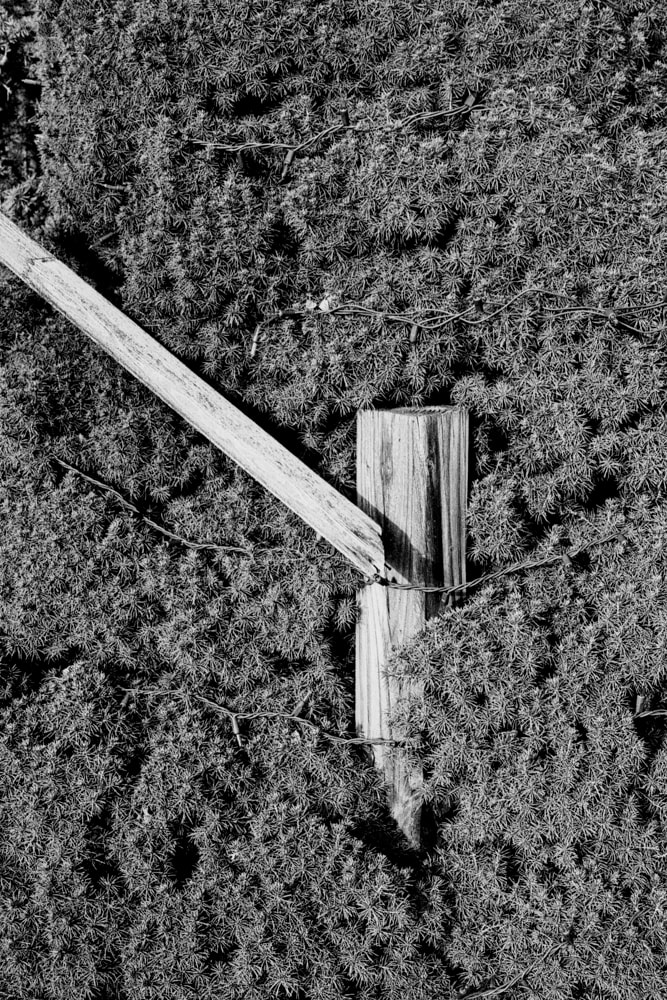
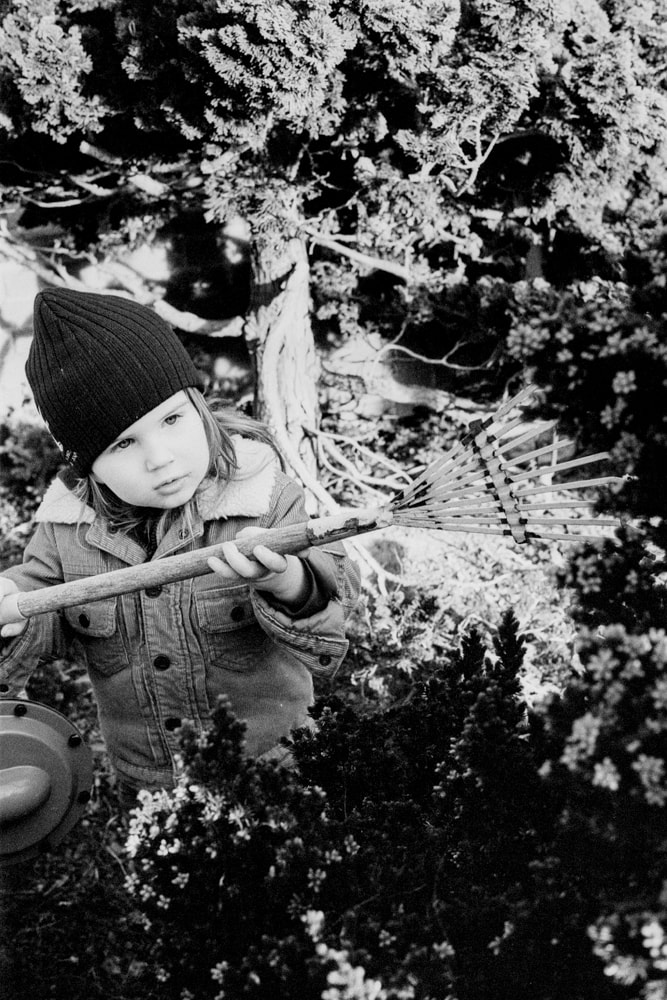
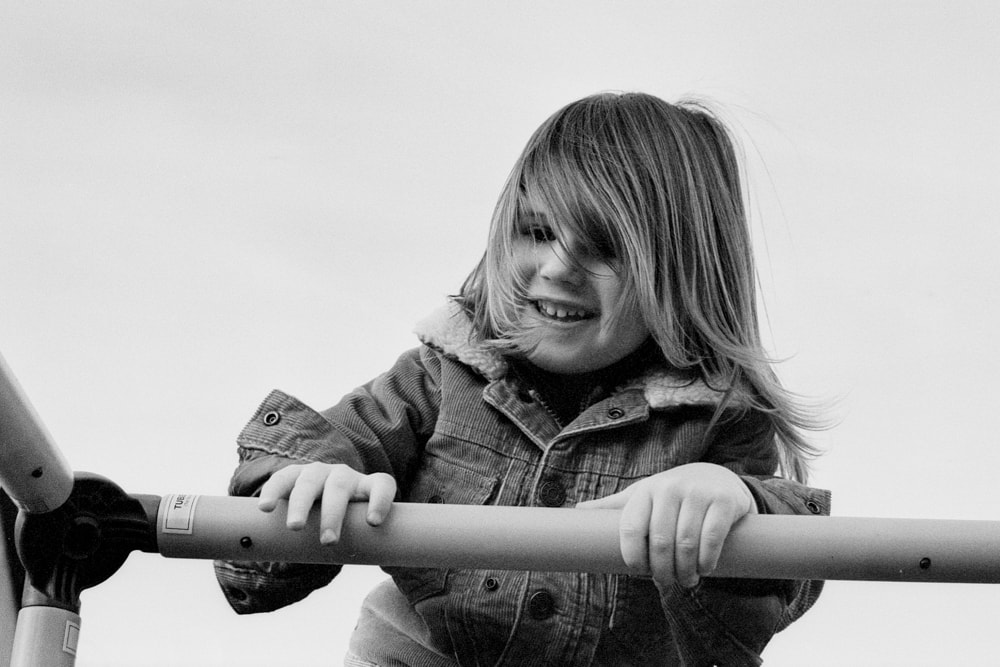
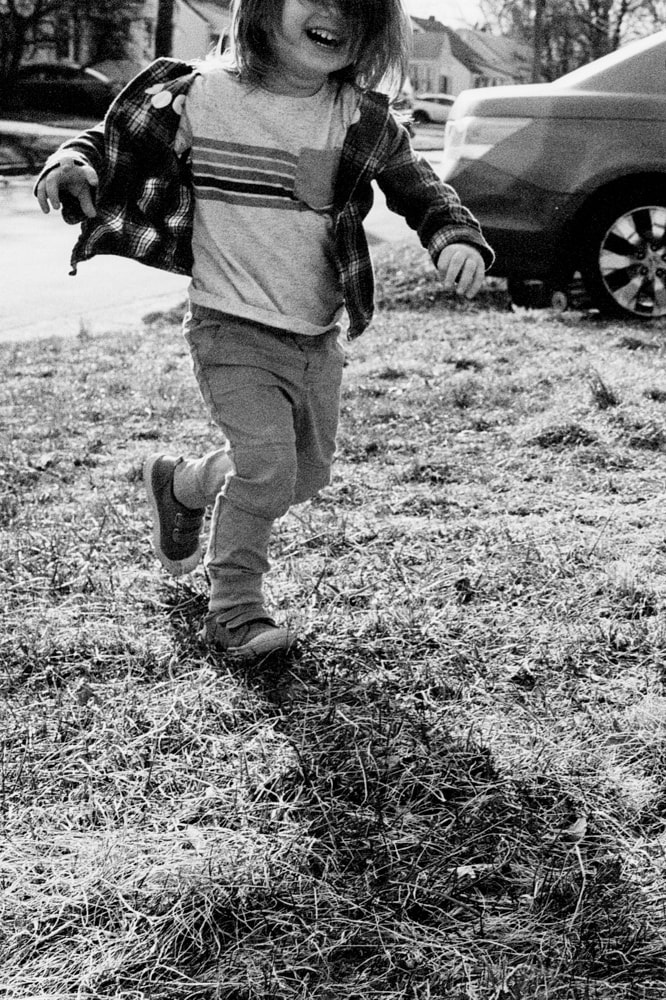
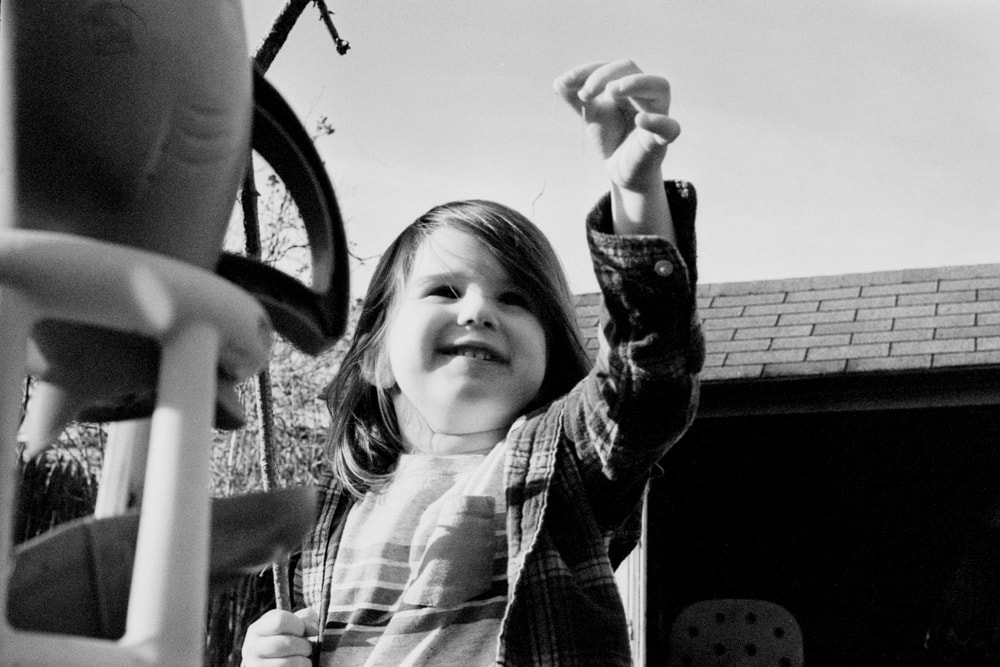
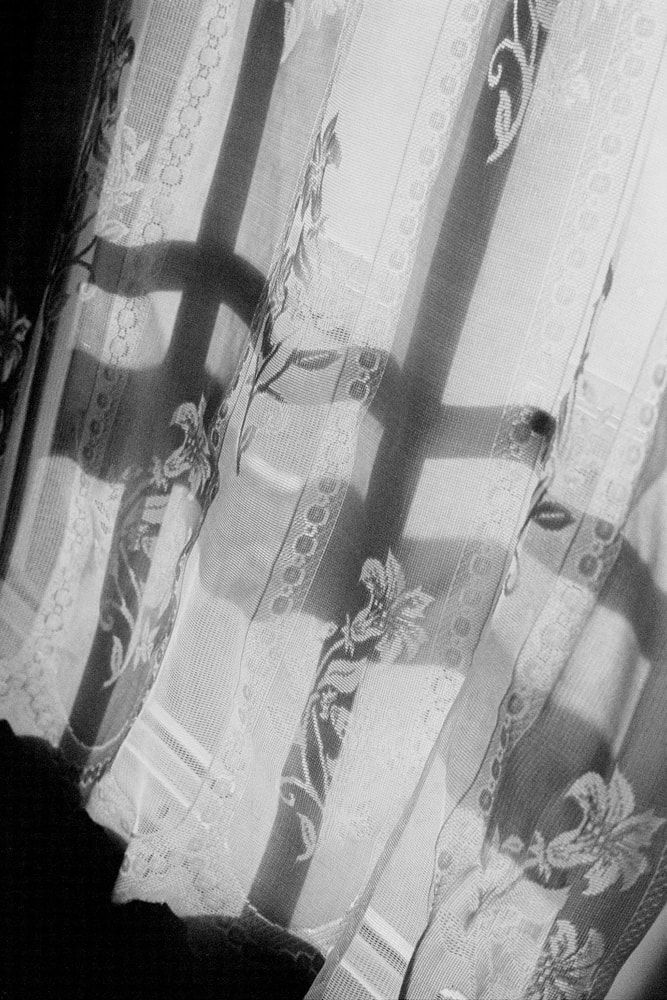
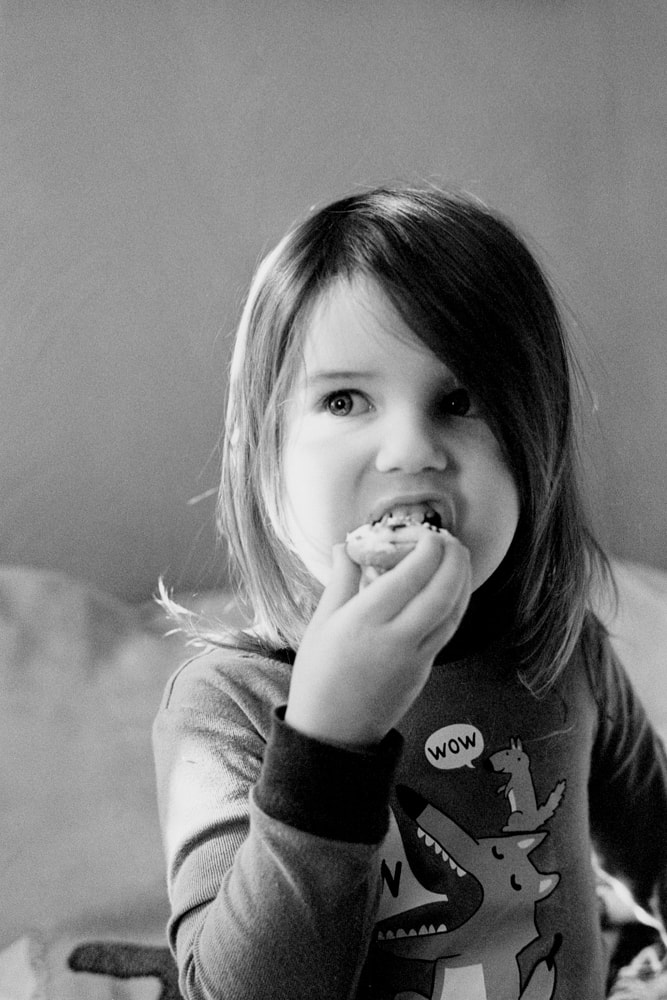
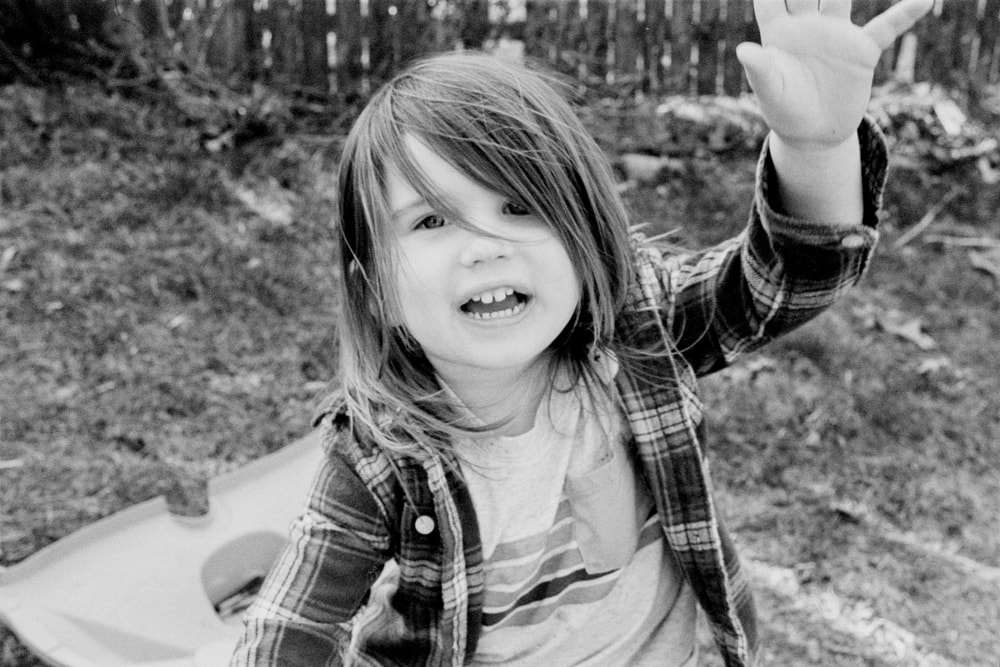
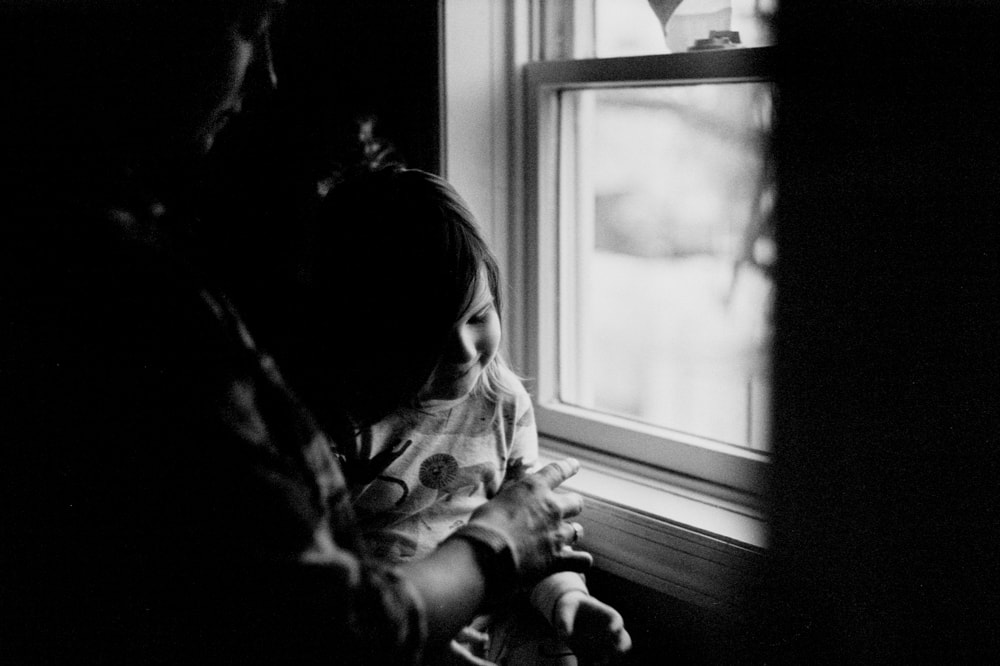
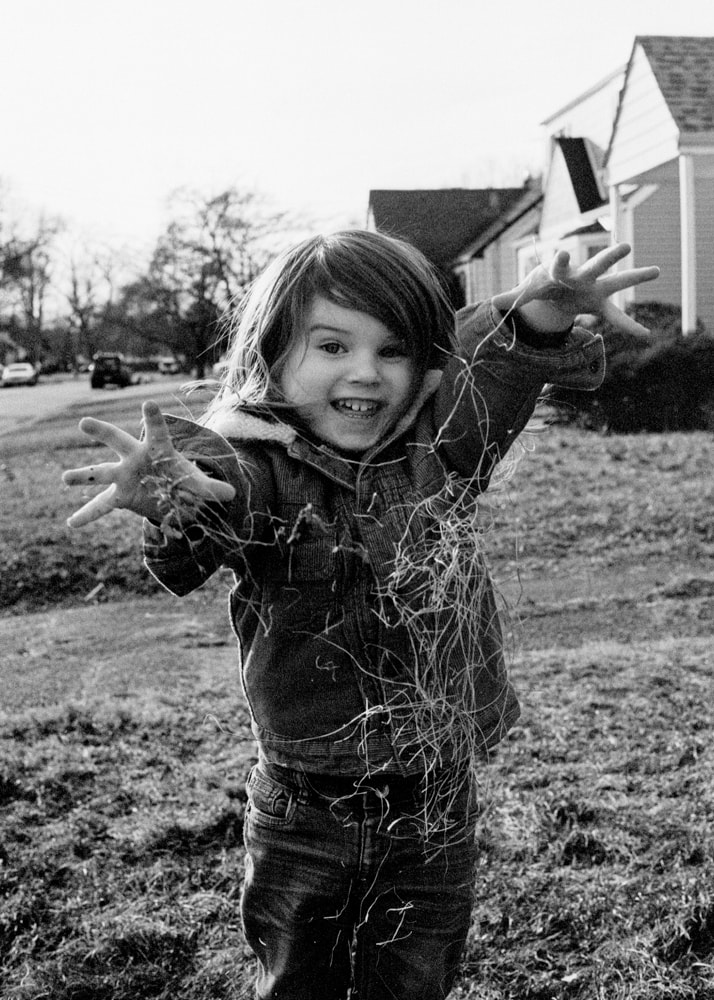
 RSS Feed
RSS Feed